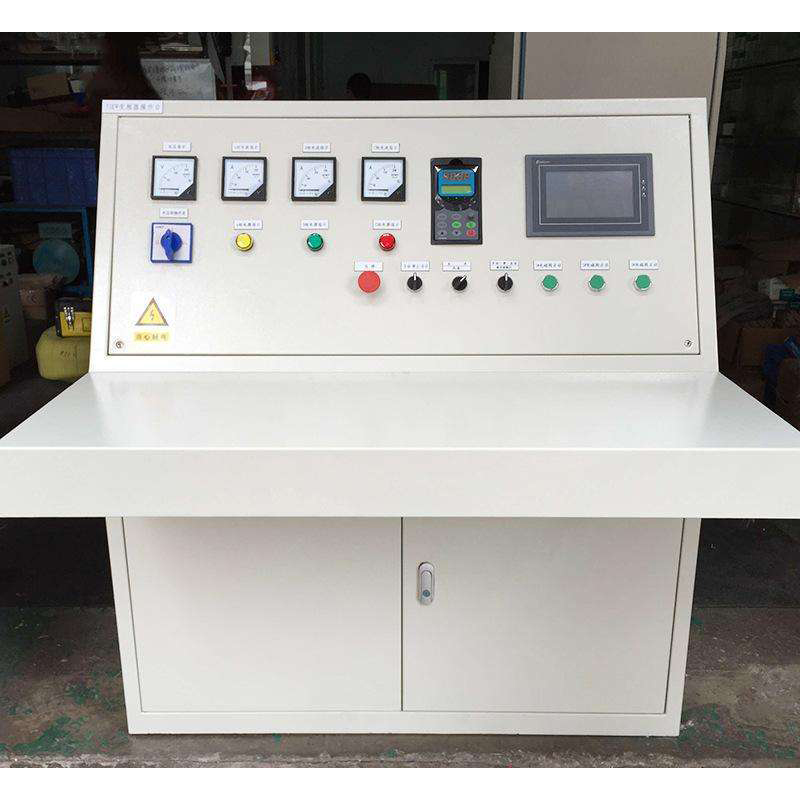
Nov . 24, 2024 04:52
Back to list
مخفض الضغط
Understanding Pressure Relief Valves A Key Component in Safety Engineering
In industrial processes, managing pressure is crucial for safety and efficiency. One critical component that ensures this is the pressure relief valve (PRV), also known as a pressure relief device. These valves are essential in various applications, including chemical processing, oil and gas production, and power generation. This article explores the importance of pressure relief valves, how they operate, and their significance in maintaining safety standards.
What is a Pressure Relief Valve?
A pressure relief valve is a safety device designed to prevent overpressure in a system or vessel. When the internal pressure exceeds a predetermined level, the valve opens to release excess pressure, thereby protecting equipment and personnel from potential hazards. By allowing the escape of gas or liquid, PRVs help prevent catastrophic failures, such as explosions or structural damage.
How Do Pressure Relief Valves Work?
Pressure relief valves operate on a simple principle they automatically open when pressure rises above a set limit. This is achieved through a spring mechanism that holds the valve closed. As the internal pressure of a vessel increases, it acts against the spring. Once the pressure exceeds the spring’s set point, the valve opens, and the fluid is released until the pressure drops back to a safe level, at which point the valve closes again.
There are several types of pressure relief valves, including
1. Conventional PRVs These valves open gradually as the pressure increases, allowing for a controlled release of fluid. 2. Balanced PRVs These are designed to minimize the effect of back pressure, providing more consistent performance in varying operating conditions. 3. Pilot-operated PRVs These use a smaller valve (the pilot) to control a larger valve, allowing for precise pressure control and responsiveness.
.
Pressure relief valves are used across multiple industries
مخفض الضغط

- Chemical Manufacturing In chemical processes, where reactions can produce gases or heat that increase pressure, PRVs are critical for safety. - Oil and Gas Industry Protects pipelines and refineries from pressure build-up that could lead to ruptures or explosions. - Power Generation Turbines and boilers operate under high pressure, making PRVs essential for preventing accidents. - Water and Wastewater Treatment Helps in managing pressure fluctuations in treatment systems to prevent pipe bursts or equipment damage.
Importance of Pressure Relief Valves in Safety
The importance of PRVs cannot be overstated. They play a vital role in protecting not just assets and equipment but also the lives of workers and the environment. Inadequate pressure relief systems can lead to
- Equipment Failures Overpressure can cause critical equipment to rupture, leading to costly repairs and downtime. - Environmental Hazards Accidental releases can contaminate air, soil, and water sources, leading to long-term environmental damage. - Legal and Financial Repercussions Failing to comply with safety regulations can result in hefty fines and legal consequences for businesses.
Regulatory Standards and Maintenance
To ensure their effectiveness, pressure relief valves must adhere to strict regulatory standards. Organizations such as the American National Standards Institute (ANSI) and the American Society of Mechanical Engineers (ASME) provide guidelines for the design, installation, and maintenance of PRVs.
Regular maintenance and testing are crucial to ensure that PRVs function correctly. This includes inspecting the valve for signs of wear, testing it under simulated conditions, and recalibrating it to maintain accurate pressure settings. It is also vital to train staff in recognizing potential issues and understanding the operational limits of the system.
Conclusion
Pressure relief valves are indispensable in the field of safety engineering. Their ability to prevent overpressure situations safeguards not only the equipment but also personnel and the environment. As industries continue to evolve, the role of PRVs will become increasingly crucial in managing the complexities of modern operations. Understanding and maintaining these valves is essential for any organization aiming to uphold safety standards and ensure operational efficiency. Invest in pressure relief systems, and prioritize regular training and maintenance—a small commitment that can yield significant safety dividends.
Next:
Latest news
-
Safety Valve Spring-Loaded Design Overpressure ProtectionNewsJul.25,2025
-
Precision Voltage Regulator AC5 Accuracy Grade PerformanceNewsJul.25,2025
-
Natural Gas Pressure Regulating Skid Industrial Pipeline ApplicationsNewsJul.25,2025
-
Natural Gas Filter Stainless Steel Mesh Element DesignNewsJul.25,2025
-
Gas Pressure Regulator Valve Direct-Acting Spring-Loaded DesignNewsJul.25,2025
-
Decompression Equipment Multi-Stage Heat Exchange System DesignNewsJul.25,2025

